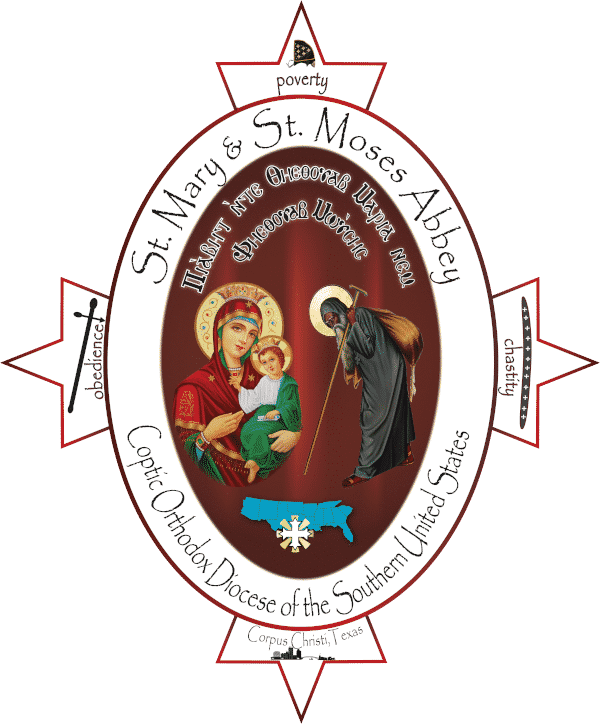1. DEFINITION OF APOSTOLIC AGE:
The Apostolic Age is the time in which the Apostles of our Lord Jesus Christ lived and preached the Christian faith. It accounts for approximately 70 years and extended from the foundation of the Church on the day of Pentecost on 30 AD to the departure of St. John the Apostle, 100 AD.
2. IMPORTANCE OF STUDY OF THE APOSTOLIC AGE:
It is the origin of the Christian Church delineating its separatism from Judaism. It is the Age of the Holy Spirit, inspiration and constitution.
-
- It is astounding evidence of the power of Christianity where its preaching and teaching reached almost every part of the world in a very short period of time as a result of the Mysterious Handiwork of God.
- It reflects purity, effectiveness and the Divine power of Christianity and how by a Mysterious Godly Work could renew the creation of every nation, Jewish, Roman, Greek ….etc
- It is well known that the Lord Jesus Christ taught his holy disciples many teachings and performed many miracles not recorded in the Holy Gospels (John 20:30). Also, the Lord spent 40 days after His Glorious Resurrection appearing to His disciples teaching them about the Kingdom of God (Acts 1:3) and this also was not recorded in the Holy Gospels. Therefore, the Christian teaching in the Apostolic Age which is known as “Tradition” is the reflection of such teachings and arrangements that were given to the disciples by our Lord.
- The Apostolic Age represents role models of great persons in preaching, teaching and service who were inspired by the Holy Spirit and supported by the power of the New Creation in baptism. Definitely this was an incentive for good deeds.
3. HISTORICAL SOURCES OF THE APOSTOLIC AGE:
-
- All the Holy Books of the New Testament in particular the Holy Book of Acts.
- Teachings and laws that belong to the Apostles such as the Didache (Teaching of the Twelve Apostles) and Didascalia.
- Writings of the Apostolic Fathers who are the disciples of the Apostles such as St. Clement the Roman, St. Polycarp, St. Ignatius, St. Hermas and St. Papias.
- Pseudo-Canonical Books (Apocrypha) which can be used as historical sources of the Apostolic Age although the Church refused them as inspired books.
- Jewish sources such as writings by Philo of Alexandria, Josephus the famous Jewish Historian who was contemporary of Jerusalem destruction and wrote “Influences of Jews” and “Wars of Jews”, and Mishna which is the teachings of Rabbis in the First Century and provides good information about the Apostles, their teachings, the rituals and worship in the early Church as a excommunicated group out of the Synagogue.
- Latin writers and historians such as Tacitus, Suetonius and Pliny.
- Writers of the Second Century who are the second successors of the Apostles such as Justin the Martyr, St. Irenaeus, and Hegesippus.
- Christian Historians such as Eusebious, an early Christian writer, who wrote the church history since the Incarnation to 324 AD and was called the Father of Church history.
- Ancient monuments such as scrolls of the Dead Sea.

All files are available in PDF format for your viewing.
-
- A Brief Look at the World During the Apostolic Age
- Birth of the Church
- Persecution of the Apostles by Jews
- How Did Christianity Spread Throughout the World?
- Famous Apostolic Churches of the Apostolic Age
- Christian Life During the Apostolic Age
- The Tradition of the Apostolic Age
- Famous Persons in the Apostolic Age
- Heresies During the Apostolic Age
- Canonical Books of the New Testament
- Apocryphal Books

